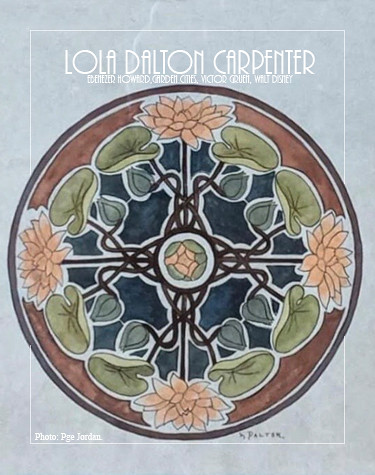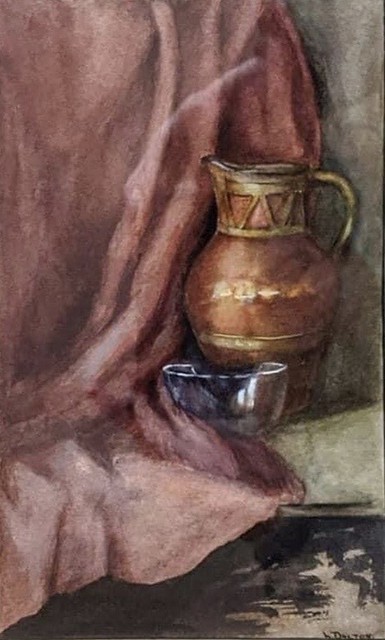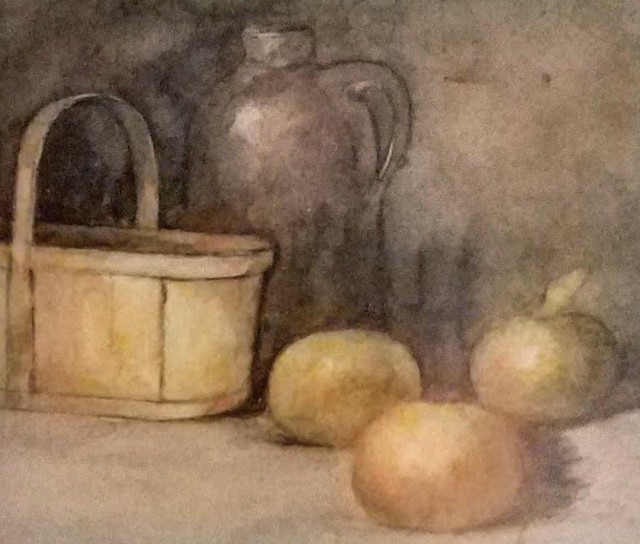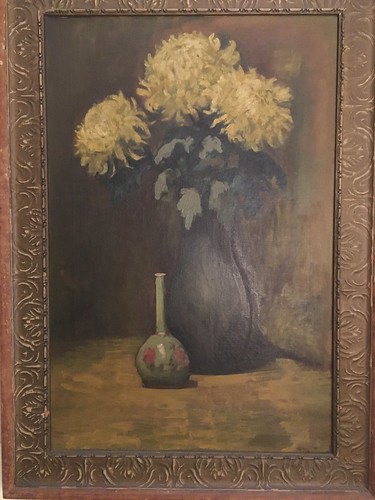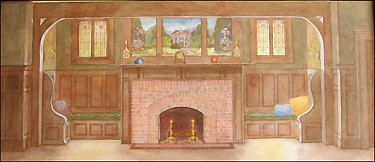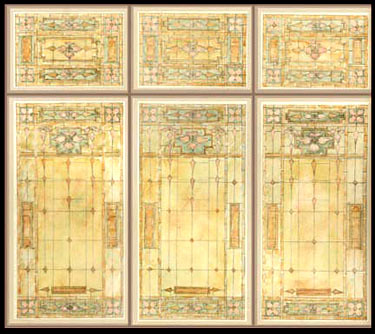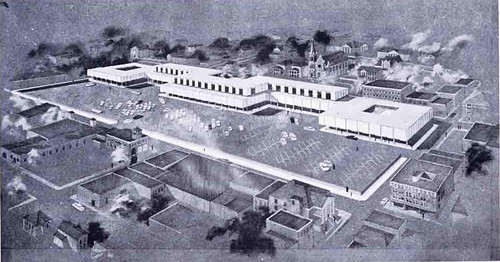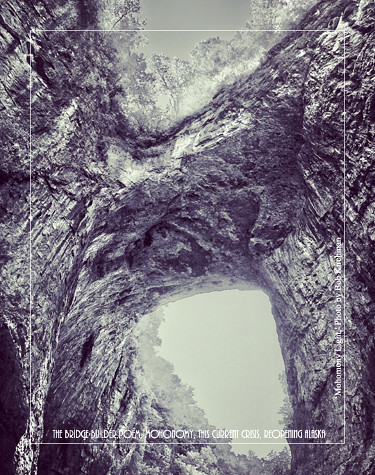
Volume XVIII, Issue XII: Mohomony, the 'Bridge of G-d,' as the Monacans called it is the namesake of Rockbridge County in Virginia.
Behold, I will do a new thing; now it shall spring forth; shall ye not know it? I will even make a way in the wilderness, and rivers in the desert.” – ISAIAH 43:19
The Bridge Builder
By Will Allen Dromgoole
An old man going a lone highway,
Came, at the evening cold and gray,
To a chasm vast and deep and wide.
Through which was flowing a sullen tide
The old man crossed in the twilight dim,
The sullen stream had no fear for him;
But he turned when safe on the other side
And built a bridge to span the tide.
Old man,” said a fellow pilgrim near,
“You are wasting your strength with building here;
Your journey will end with the ending day,
You never again will pass this way;
You’ve crossed the chasm, deep and wide,
Why build this bridge at evening tide?”
The builder lifted his old gray head;
“Good friend, in the path I have come,” he said,
“There followed after me to-day
A youth whose feet must pass this way.
This chasm that has been as naught to me
To that fair-haired youth may a pitfall be;
He, too, must cross in the twilight dim;
Good friend, I am building this bridge for him!”
Source: Father: An Anthology of Verse (EP Dutton and Company, 1931)
The Bridge of G-d
Unique Natural Formation Saved Early Monacans
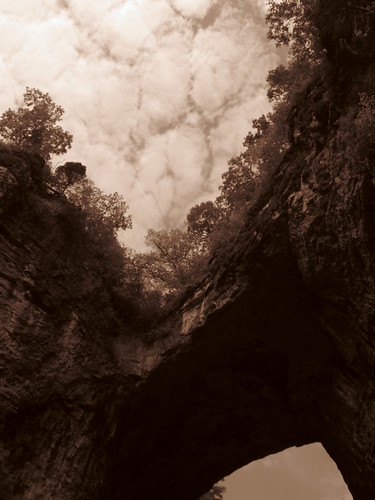
One can almost imagine the battle...
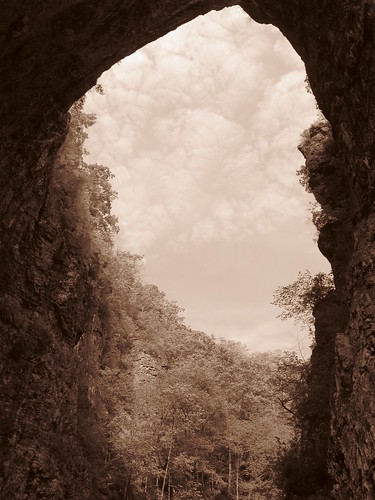
...raging above this deep chasm.
Amazing Story of Deliverance in Monacan Heritage
Running desperately through the forest, the small band of Monacan men, women and children were vastly outnumbered by their pursuers. Powhatan warriers were overtaking them. Suddenly they came to the edge of a vast chasm! They could see no way to cross it.
They closed their eyes and prayed. Then they looked up and saw the formation we know today as Natural Bridge, one of Virginia's most unique wonders, spanning the chasm. Hurrying their women and children across the stone span, they followed. Then they turned to make their stand. The much larger army was constricted by the narrow bridge and could only attack the Monacans in a much smaller number. The bridge became a great equalizer between the two forces and the Monacans were victorious that day.
Passed from generation to generation, the story of Monacan survival has made Natural Bridge a sacred place to the Monacans. They named it Mohomony, meaning 'Bridge of G-d."
Today a recreated Monacan village stands at the base of the bridge. Because the story predates written accounts, it is easy to dismiss it as legend, yet as we considered it my wife said: "I believe it recounts an actual event." The strategic element inherent in the story (the narrow bridge equalizing the battle) is too much like something another Rockbridge County resident, Thomas Jackson, would want to remember.
Like Homer's accounts of the Trojan War and the Odyssey home, some unknown Monacan warrier seems to have recounted this amazing story, remembering the time when geography aided them in battle. I walked across the bridge on route 11, imagining an epic battle like something out of Tolkien (like Gandalf facing the Balrog)! Young Monacans standing shoulder to shoulder to protect children and wives from an overwhelming enemy, who prevailed that day, passed the story to their children.
It just seemed to me like one of many grand moments in history where the unseen hand of G-d was seen as deliverer.
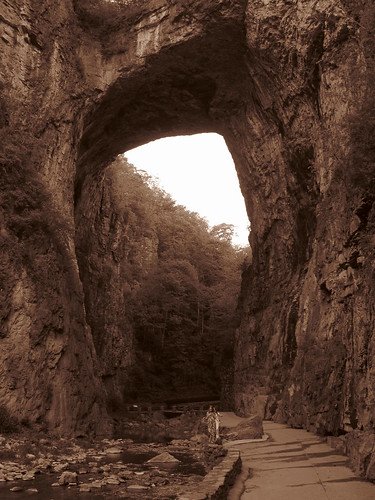
Today visitors walk beneath the bridge...
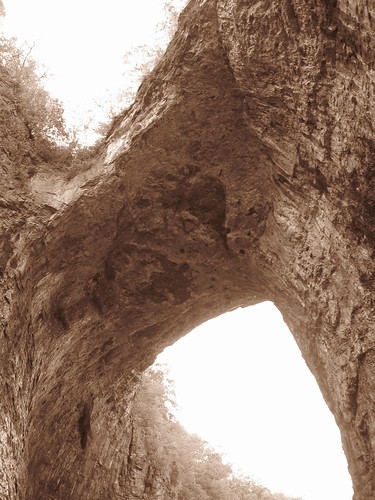
...but her greatest story may have played out above!
Reopening Alaska
[click to read]
By Lela Markham
Despite the fact that my author friends in England and Canada believe we’re a bunch of idiots for doing so, Alaska’s Gov. Dunleavy has acquiesced to demands that he start reopening the economy. Alaska (population 800,000) has had less than 400 confirmed cases of CVD19, less than 100 hospitalizations and 10 deaths (although 4–5 of them were Alaska residents who were never in Alaska during their illness). All of the 4–5 deaths in the state suffered from comorbidities that might have killed them in the absence of CVD19.
If you had CVD19 and arteriosclerosis and you suffered a stroke and died — which one killed you? The answer to that depends on whether you died in February (before CVD19 officially got to Alaska) or died in March, April or May. But regardless, in Alaska, you have a 0.003% chance of dying of CVD19, even if you catch it. Meanwhile, you have a 30% chance of unemployment and small-business owners have an 80% chance of bankruptcy at this point. We’ve decided to address the bigger risks to our quality of life now that we’re pretty sure everybody won’t die of CVD19. (read more)
Cherry Blossoms
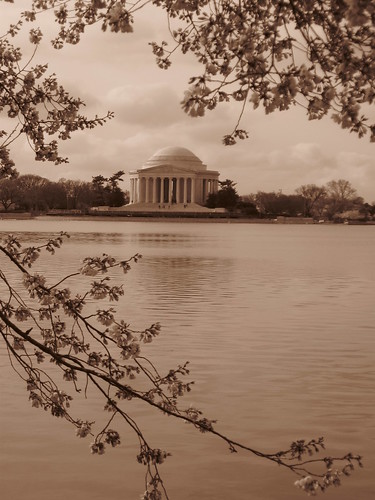
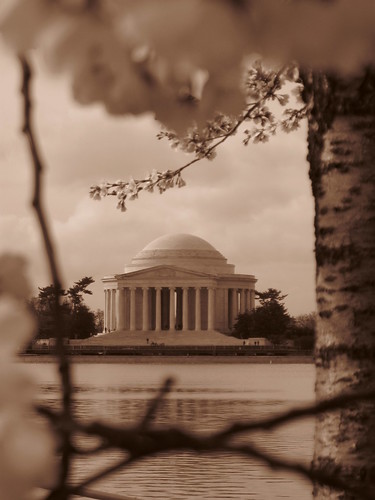
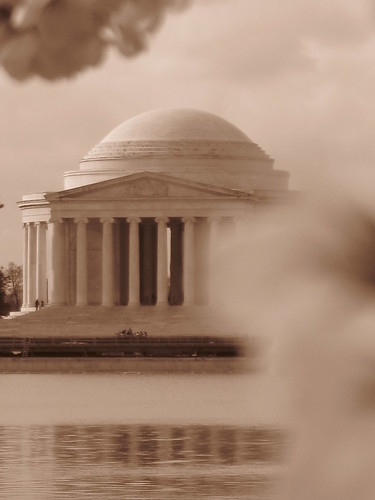
Cherry Blossoms at the Jefferson memorial. Photos by Bob Kirchman
Mohomony in Afternoon Light
Photos by Bob Kirchman
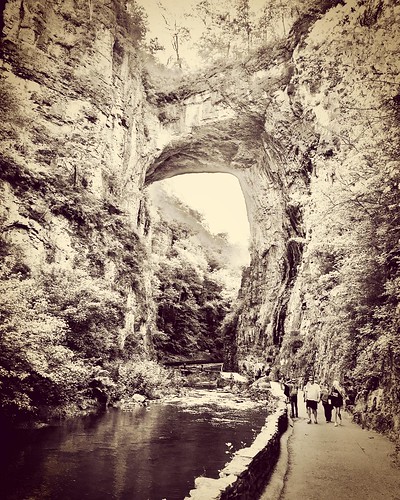
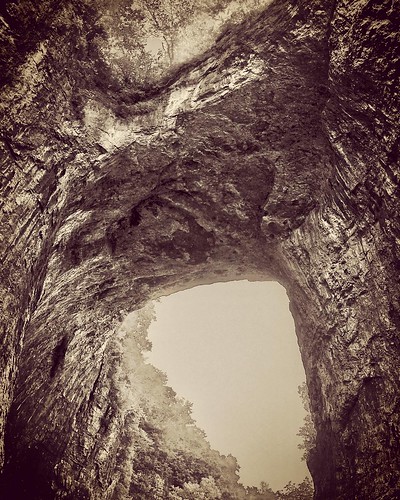
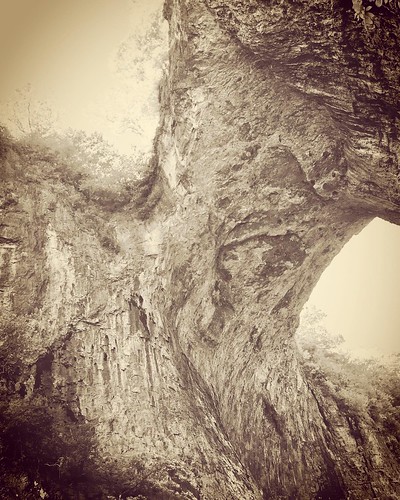
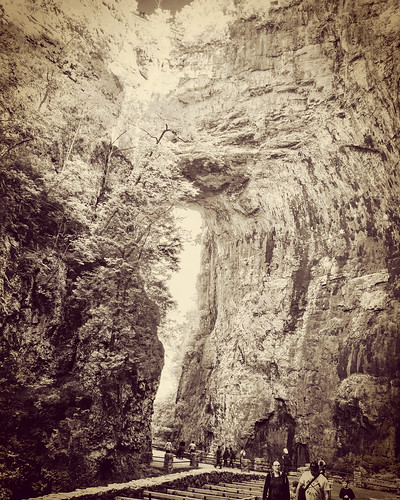
Thoughts on the Current Crisis
[click to read]
By Larry P. Arn
First a report about the College. Hillsdale’s campus is quiet, which it ought not to be, but also well. Our students were away for spring break when the coronavirus hit. We spent the week absorbing the news and making plans to bring them back, it being our job to have college. We found that we could not. Much of what I am writing here is shaped by this discovery: we did not have and could not get the tools and knowledge to do our work. And soon enough we were forbidden to do it by general fiat.
Spirits are good here, nonetheless. There have been many inspiring examples of service, good humor, and effort. I just finished a videoconference with the senior class officers to plan Commencement, which will be a grand celebration whether it is in May or later this summer. The seniors will arrive days early, dress up in their finery, and come over in groups for dinner at my house and sing and give toasts. Those are important rituals of friendship, and students have the same attitude as I: they will put up with absence and isolation, but resent it, and they will redouble their efforts to achieve the best things. They are determined to convert this disruption into an opportunity for excellence. (read more)


